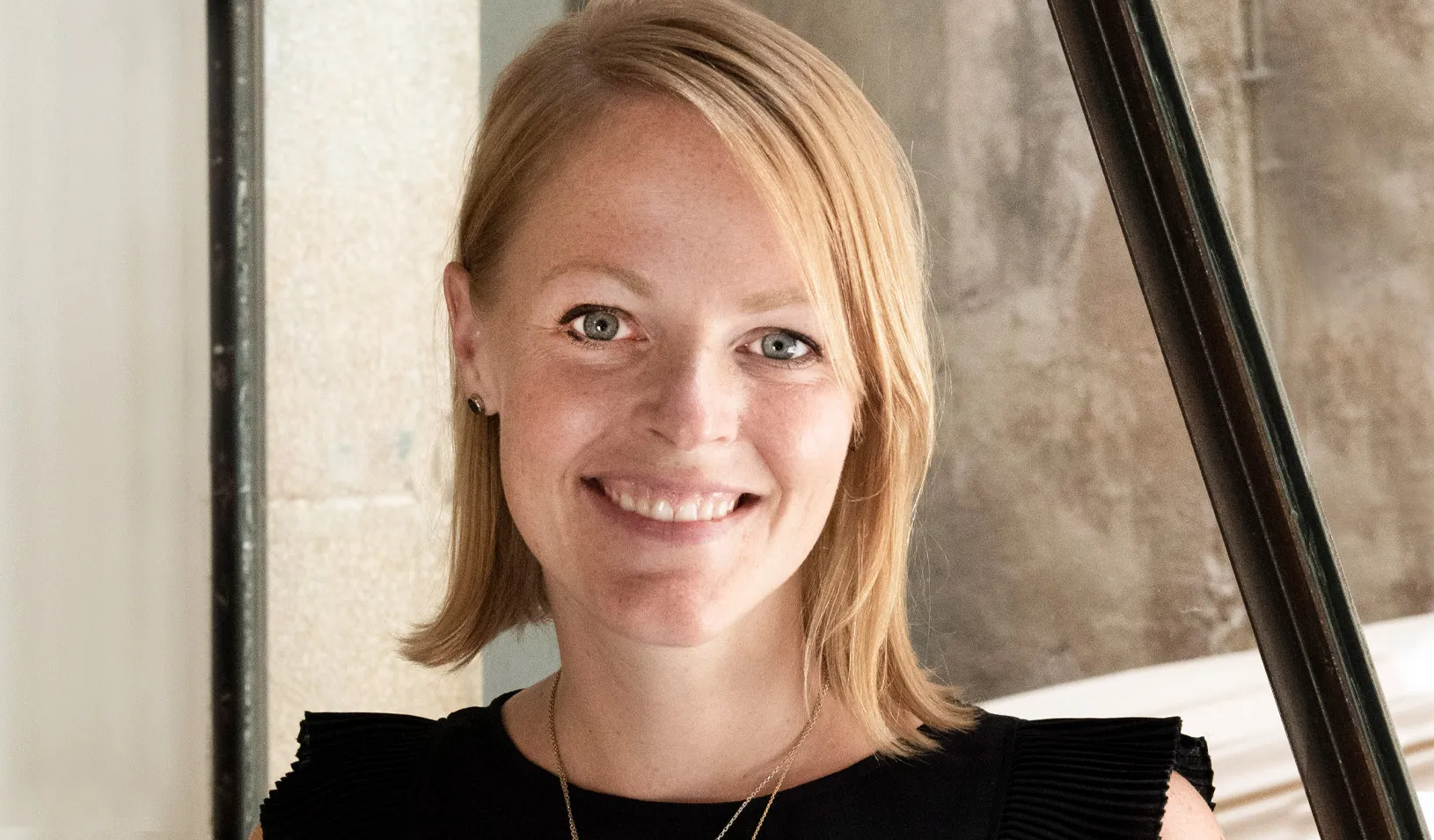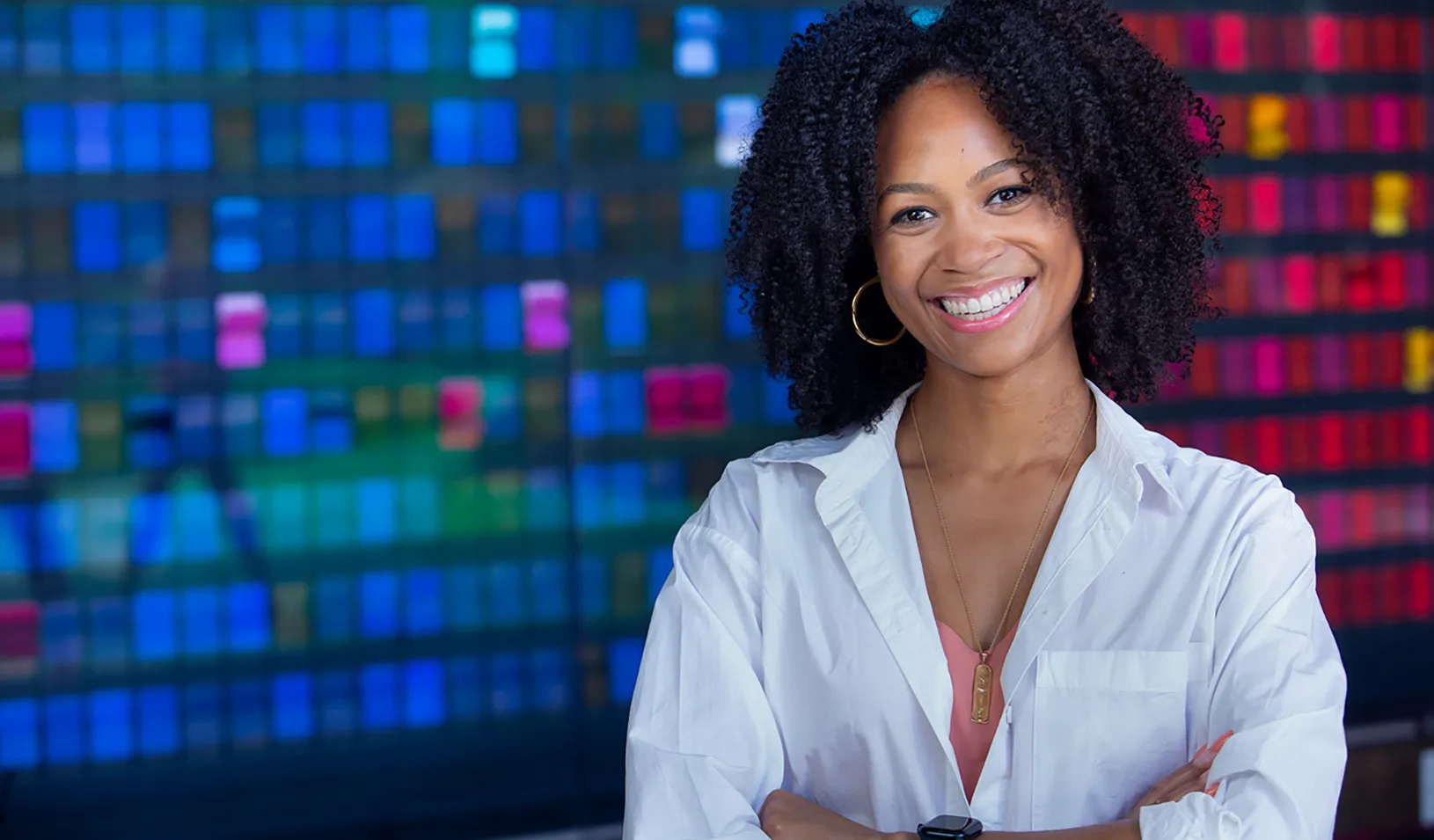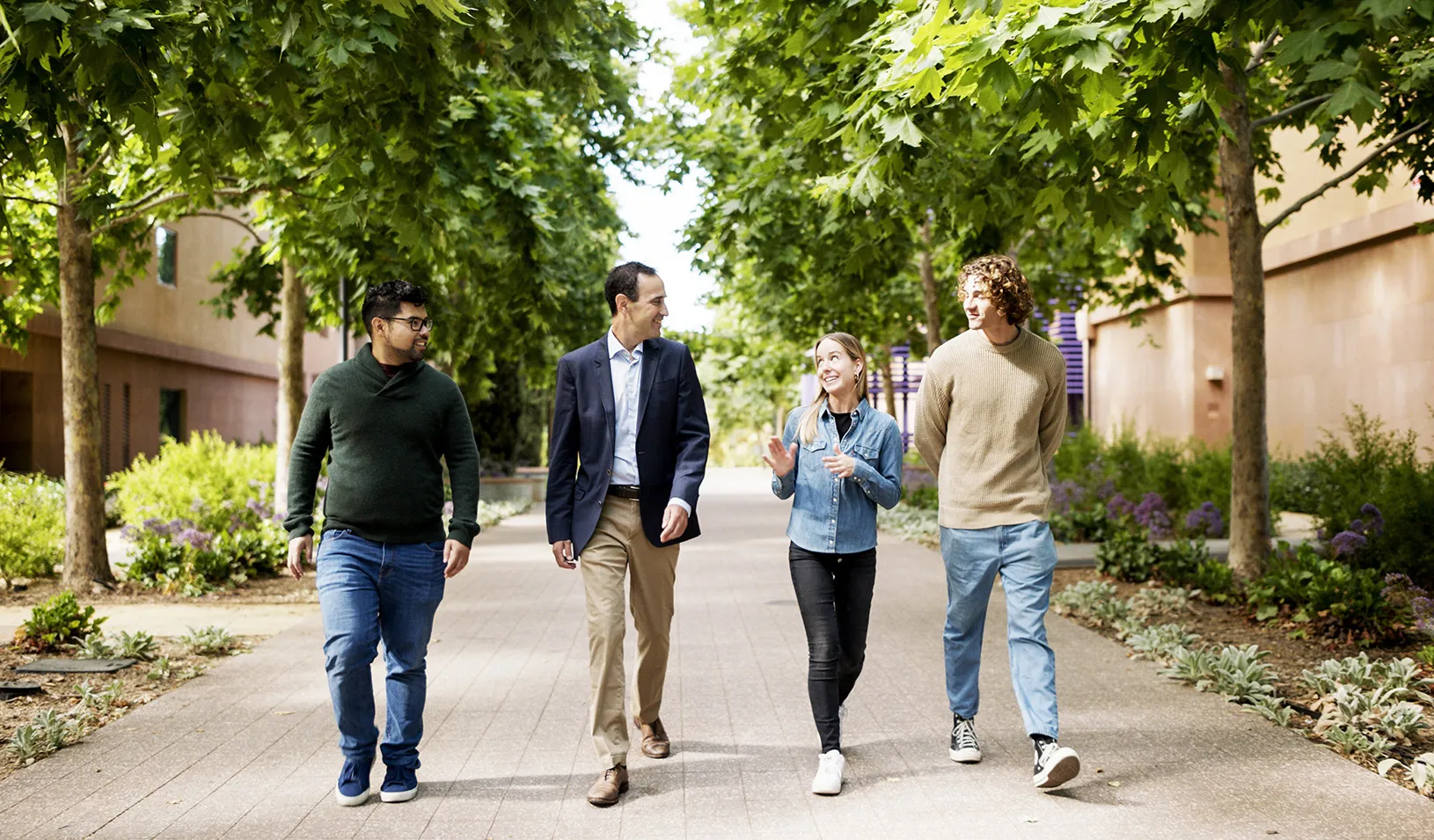Office Artifact: Sarah Soule’s Refrigerator Whiteboard
While sheltering in place, a Stanford GSB professor decided to write out equations in her kitchen — much to her cat’s confusion.
July 24, 2020
One of the downsides of teaching remotely is that the need to discuss correlation coefficients sometimes disrupts snack time. | Ivan Geraghty
My husband is a middle-school math teacher, and now that we’re both teaching from home, he was trying to solve the whiteboard issue. I woke up in the middle of the night and thought, “You know what? The refrigerator might work.” And now we’re both using it.
In this series for Stanford Business magazine, we visit Stanford GSB professors’ offices (or, in this case, kitchen) and ask them to share the stories behind one of the favorite knickknacks. Sarah A. Soule is the Morgridge Professor of Organizational Behavior at Stanford GSB.Editor’s Note
When I’m going into a Zoom conference, I say to my husband and son, “OK, I’m going to be on the whiteboard from 10 to 11, so that means you should get your food before or after that, because you can’t come in and open the fridge.” Lorraine, the cat, doesn’t have any such rules. She’s always meddling in my Zoom calls.
The formula I drew here is a correlation coefficient. It’s used to figure out if you’re making correct or erroneous assumptions about the correlation between two data points. I’m a quantitative social scientist, so this is one of the fundamental statistical equations that I teach and use in my research.
It’s a basic but important tool, because with the kind of observational research that I do, and that my students do, the data are messy. The world is messy. So we need to be able to say with some degree of certainty that what we are postulating from our observational data has statistical validity. For example, I’ve done research on the effect that protests have on companies’ stock prices. Using this formula and then much more sophisticated regression models, we can figure out if there is support for our hypothesis — that is, that protests actually matter to stock price returns.
In a weird sort of way, I feel closer with my students these days, because we’re seeing each other in our homes. Right now, I mostly work with PhD students, and traditionally it’s not part of the culture to spend a lot of time with them out of the office. There may be a barbecue or happy hour once a term, but that’s about it. Now we’re having more social time, even if it’s virtual.
Teaching remotely is also forcing us to break up our material into bite-size pieces. Before the pandemic hit, PhD seminars were run exactly as they’d always been run: You go in a seminar room for three hours with no break. Oh my gosh — three hours on Zoom would be horrible. So this is making us rethink how we do PhD training and mentoring.
I did have a student ask me to open the refrigerator so they could look inside. This was sort of funny, because you can tell a lot about a person’s lifestyle by simply looking at the contents of their fridge.
— Told to Steve Hawk
For media inquiries, visit the Newsroom.
Explore More
Erin Nixon Joins Stanford GSB as Assistant Dean of Admissions

Nia Rose Froome, MBA ’23: Making Local, Fresh Food Available for All

New Research Fund Promotes Responsible Leadership for the Next Century
